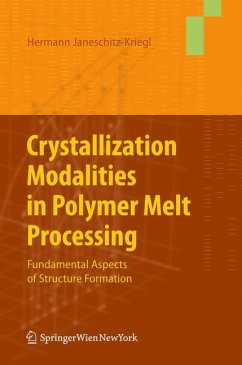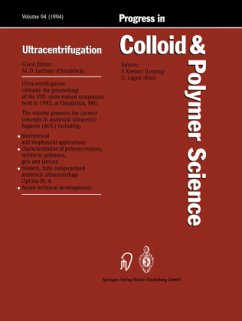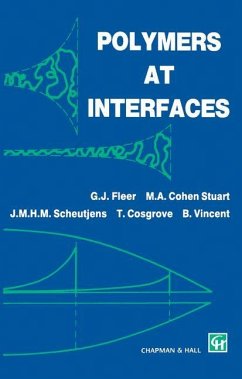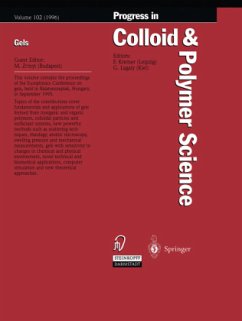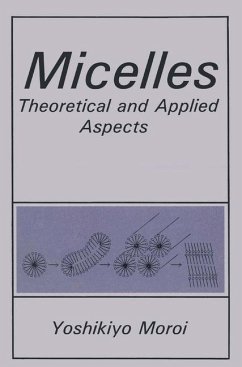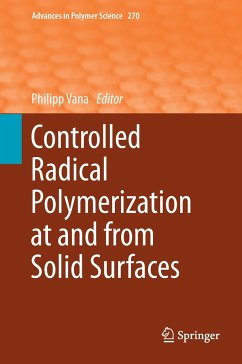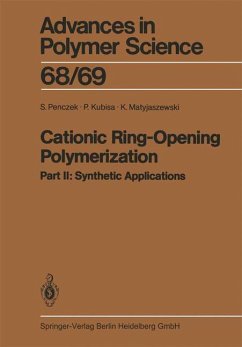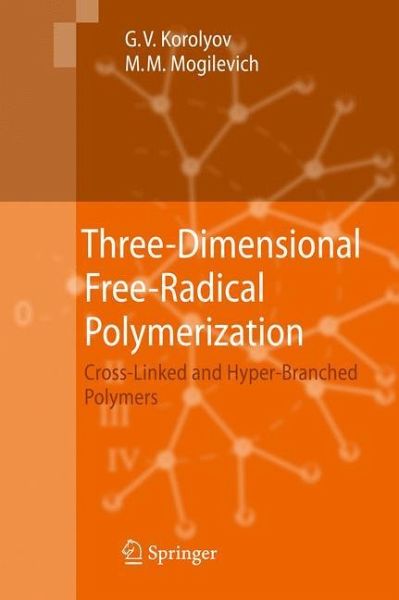
Three-Dimensional Free-Radical Polymerization
Cross-Linked and Hyper-Branched Polymers
Versandkostenfrei!
Versandfertig in 6-10 Tagen
113,99 €
inkl. MwSt.
Weitere Ausgaben:

PAYBACK Punkte
57 °P sammeln!
The book discusses the latest developments in the entire field of three-dimensional free-radical polymerization, the scientific and practical aspects thereof, as well as the achievements, problems, methods used in the field, and modern development trends. The monograph is comprised of nine chapters and provides 747 references.
The book is a necessary reading for both teachers and students because it connects the basics of the synthesis of cross-linked and hyper-branched polymers with their physico-mechanical properties, and concisely explains practical achievements in this branch of polymer chemistry.
The book is a necessary reading for both teachers and students because it connects the basics of the synthesis of cross-linked and hyper-branched polymers with their physico-mechanical properties, and concisely explains practical achievements in this branch of polymer chemistry.
At present, three-dimensional free-radical polymerization (TFRP) is a special ?eld of radical polymerization. TFRP is characterized by speci?c kinetic regularities and mechanisms of processes for the formation of cross-linked or hyper-branched po- mers, and they are different from the kinetics and mechanism of classical radical polymerization. The fundamental studies of kinetics and mechanism of TFRP with formation of cross-linked polymers have been carried out in three stages. The ?rst stage lasted from 1960 until 1983, and the main mechanisms of TFRP of oligo(acrylates) were established during this stage [1 3]. Condensation telomerization, being a universal oligo(acrylate) synthesis procedure, allows us to vary certain molecular parameters, such as length and ?exibility of oligomeric blocks, number and type of reactive groups (methacrylic or acrylic groups), and chemical nature of atomic groups of an oligomeric block, which represent the centers of strong intermolecular interactions. For this reason, oligo(acrylates) were very convenient compounds for establi- ing the main kinetic regularities of TFRP and regularities of formation of polymer three-dimensional cross-linkedstructures,according totheso-calledmicrohetero- neous mechanism (G.V. Korolev, 1977), at the topological and morphological levels.





